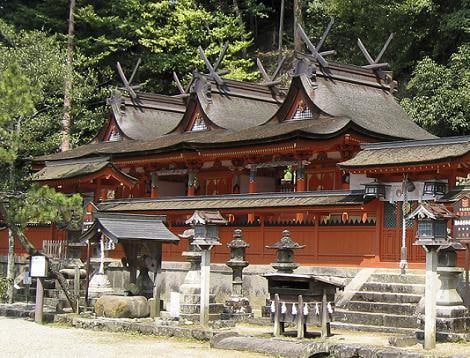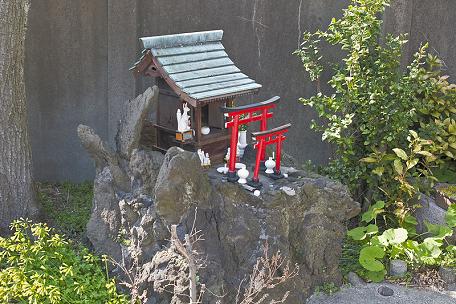El Shinto Shrine It is a structure whose main purpose is used for the custody of sacred objects, and not for worship. Although only one word ("shrine") is used in English, in Japanese, Shinto shrines can lead to any of many different, non-equivalent terms, such as gongen, -gu, jinja, Jingu, mori, Myojin, Taisha, ubisuna or Yashiro.
Structurally, a sanctuary is generally characterized by the presence of a dogs or sanctuary, where the we. The honden, however, can be completely absent, as for example, when the sanctuary is located on a sacred mountain to which it is dedicated, and which is directly worshiped.
The honden may also be missing when altar structures are not nearby, called himorogi or objects believed capable of attracting spirits called yorishiro that can serve as a more direct link to a kami. There may be a haiden and other structures.
Miniature antique dealers are licked hokora occasionally that can be found on the side of the streets. Large Shrines sometimes have miniature shrines called sessha or massha within their enclosures. The portable shrines carried by the faithful at the poles during festivals (matsuri) and mikoshi called actually consecrating a kami and therefore certain shrines.

